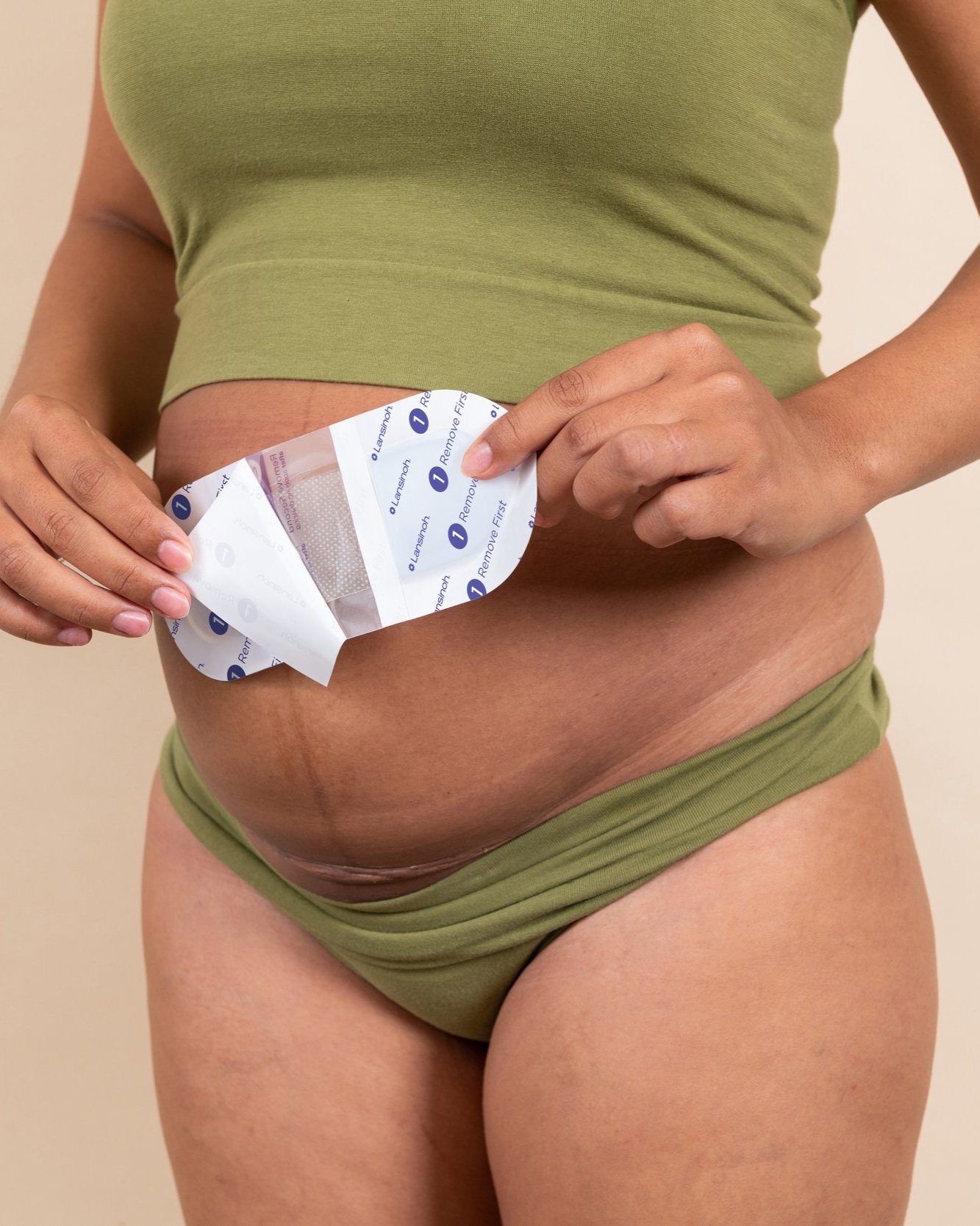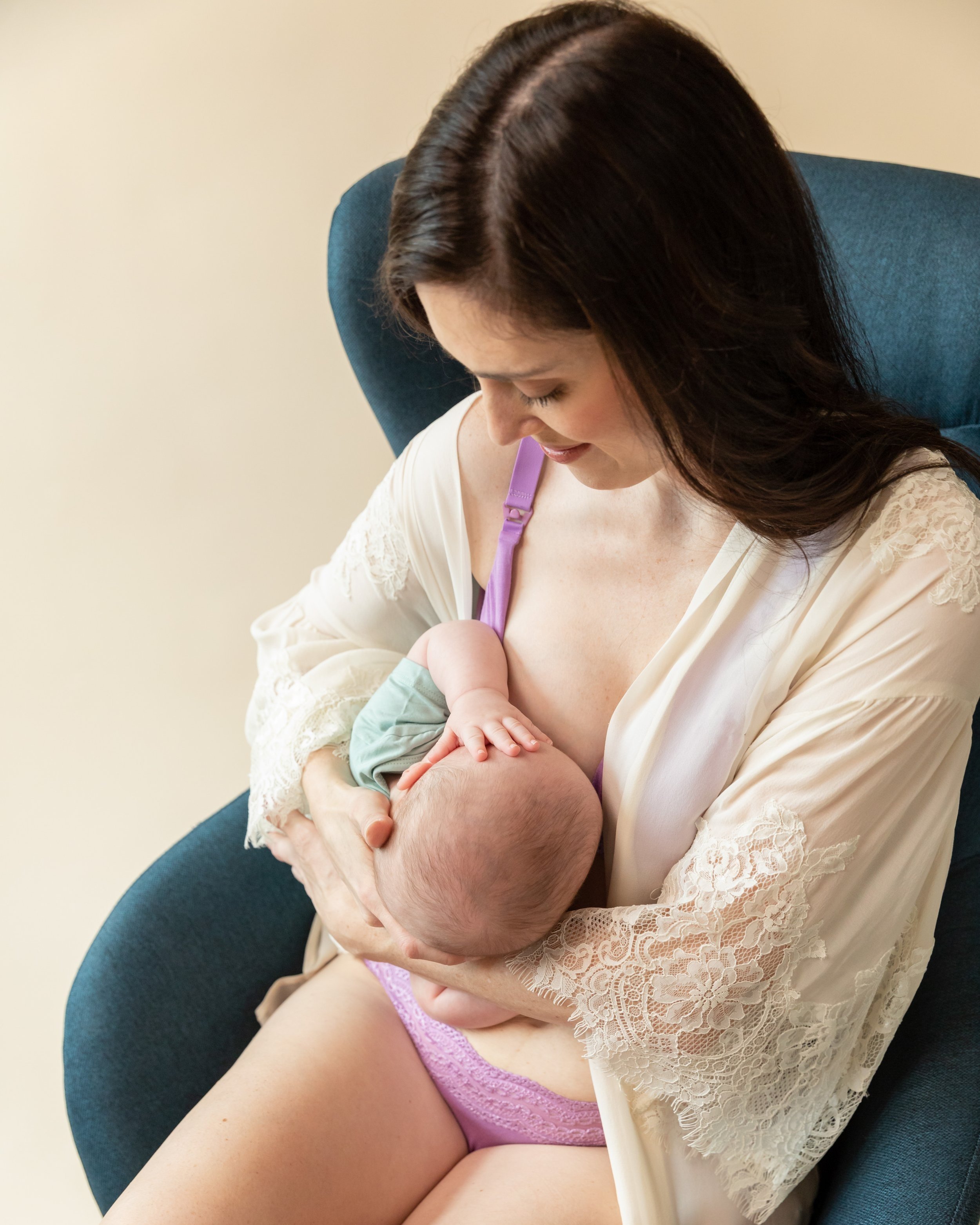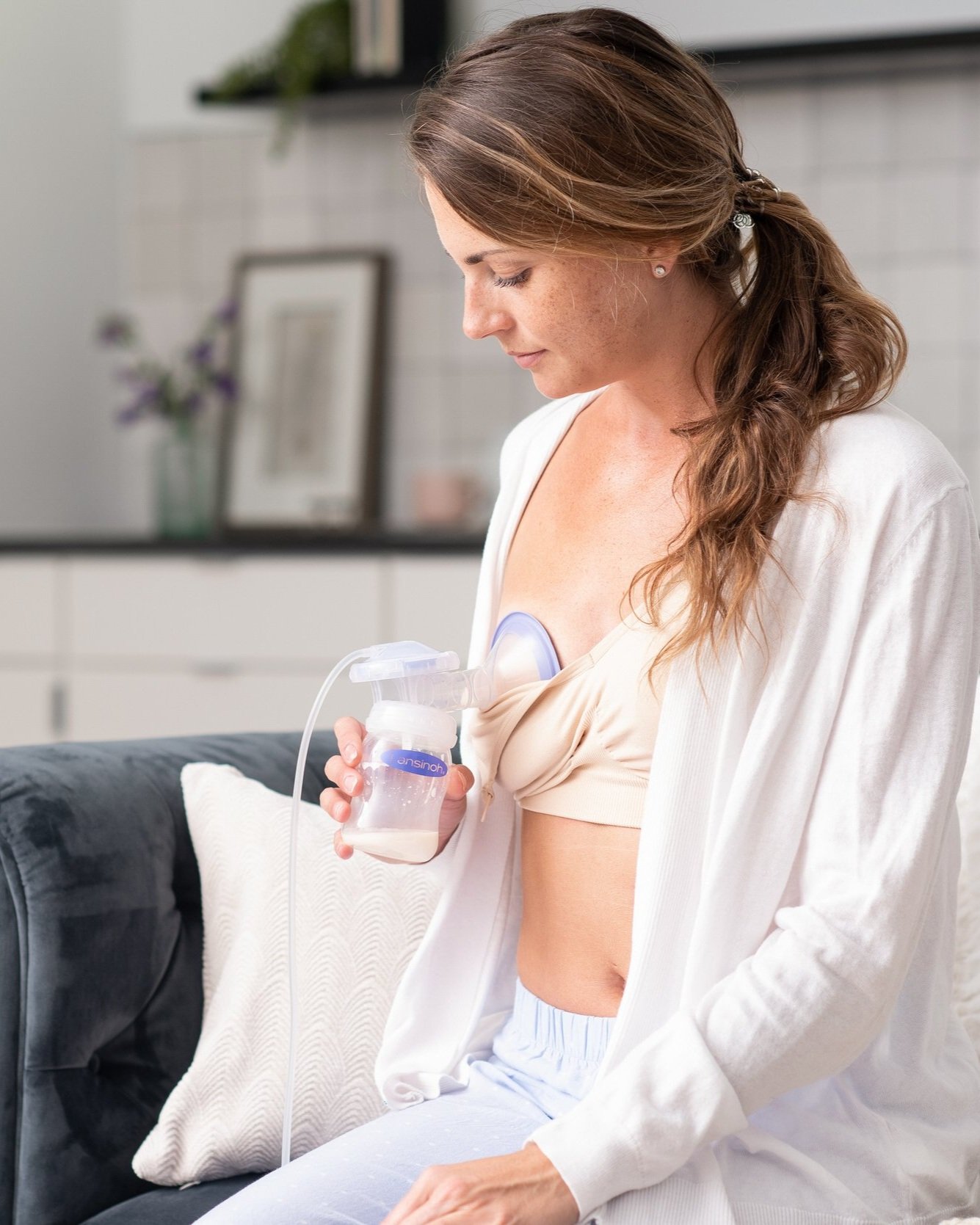Parent Panel: C-Section Recovery
Your newborn has been delivered, the surgery was a success, and there’s plenty to celebrate however it’s crucial not to underestimate the importance of recovering properly. A caesarean section is a major surgical procedure, and it requires that you carefully follow a set of recommended steps to ensure that you make it to full health in good time.
Your Time in Hospital
After delivering baby through a caesarean birth, you’ll most likely spend one to two days in the hospital following the procedure.
During your stay in the hospital, you may be feeling a little discomfort so the midwives will support you with painkillers - it’s really important to accept these to manage your pain. You will also have a catheter in your bladder for around 12 hours following the surgery.
You will be encouraged to get up and about as soon as possible and you will have regular close contact with baby meaning you can establish breastfeeding if you choose to.
When it’s time to go home, you will need someone to come and bring you home as you won’t be able to drive for a few weeks.
At Home Recovery After C-section
There’s no feeling like returning home with your new baby, but it’s important to remember that you still need time to recover, especially following a caesarean section.
It’s likely that you will still be in pain for the first few days of your return which may possibly last for a few weeks. Stock up on painkillers for your recovery to combat pain and discomfort. Paracetamol or ibuprofen are recommended over aspirin or codeine as the latter contain co-codamol which should be avoided when breastfeeding.
You’ll also experience vaginal bleeding called lochia which may last from around 4-6 weeks. Avoid using tampons during this time as it will increase the risk of spreading infection to the vagina – Maternity Pads are your saving grace here.
Your C-section Scar
During a caesarean section, the surgery involves making an incision through several layers of tissue to access the uterus and deliver the baby. After the procedure, your wound will be covered with a dressing while the wound begins to close, keeping infection out.
Your midwife will advise you on how to take care of the wound and the advice will be along the lines of:
- Clean and dry the wound carefully every day.
- Keep clothing loose and comfortable, and wear cotton underwear to avoid irritating the wound.
- Take painkillers if the wound is feeling sore. It’s important to note here that it’s best practice to take paracetamol or ibuprofen while breastfeeding and avoid aspirin.
- Keep an eye on the wound and be vigilant for signs of infection such as oozing of the wound, pain or discomfort, redness or swelling around the incision site.
From 10 days, once your midwife has checked your scar and confirmed no sign of infection, using a C-Section Hydrogel Pad can help protect your healing wound whilst providing cooling, soothing relief.
Eventually this wound will become a horizontal scar around 10 to 20cm long located below your bikini line – in some cases women will have a vertical scar below the belly button depending on the nature of the caesarean.
Getting Back to Normality
It’s completely normal to feel a little anxious to get back to regular life but remind yourself that you’ve been through a surgical procedure, and you need time to recover. There’s no one-size-fits-all when it comes to recovery, and you must stay in tune with your body and allow it to naturally return to full health at its own pace.
In the early days, try and get up on your feet and do some gentle activities to reduce the risk of blood clots. Light walking is a great way to stay mobile during recovery without overexerting yourself.
During this time, avoid:
- Driving
- Exercise
- Lifting anything heavier than baby
You can get back into these things once you’re feeling able, and when they don’t cause discomfort. Some mothers find their way back to these things after around 6 weeks, however, trust your gut and let your body be the judge.
Remember, your midwife is on hand to give advice on when it’s safe to return to regularity.
C-section Recovery Complications
Recovery isn’t always a walk in the park and problems could arise. Keeping an eye on your body and health is important during this time to reduce the risk of a c-section scar infection or blood clots.
If you’re struggling with the following symptoms after your c-section, get in contact with your midwife or GP as soon as possible:
- Severe pain.
- Leaking urine.
- Pain whilst peeing.
- Heavy vaginal bleeding.
- Wound becomes more painful, red, or swollen.
- Wound is discharging pus or smelly fluid.
- Coughing/shortness of breath.
- Swelling/pain in lower leg.
Worried about your C-Section wound? Speak to a midwife
About Lansinoh
For nearly 40 years, new mothers have trusted Lansinoh to support and care for them while they enter the messy magic of motherhood. Born from one mother’s realisation that as they tirelessly care for their babies, parents often go without the support they need and deserve. That’s why Lansinoh proudly stands with mothers all over the world. The brand’s journey started (and continues) with the multi-award winning, healthcare professional recommended HPA Lanolin Nipple Cream (affectionately known as the purple tube!). Today, it offers a comprehensive collection of solutions that help new parents navigate pregnancy, birth, breastfeeding, and pumping.






